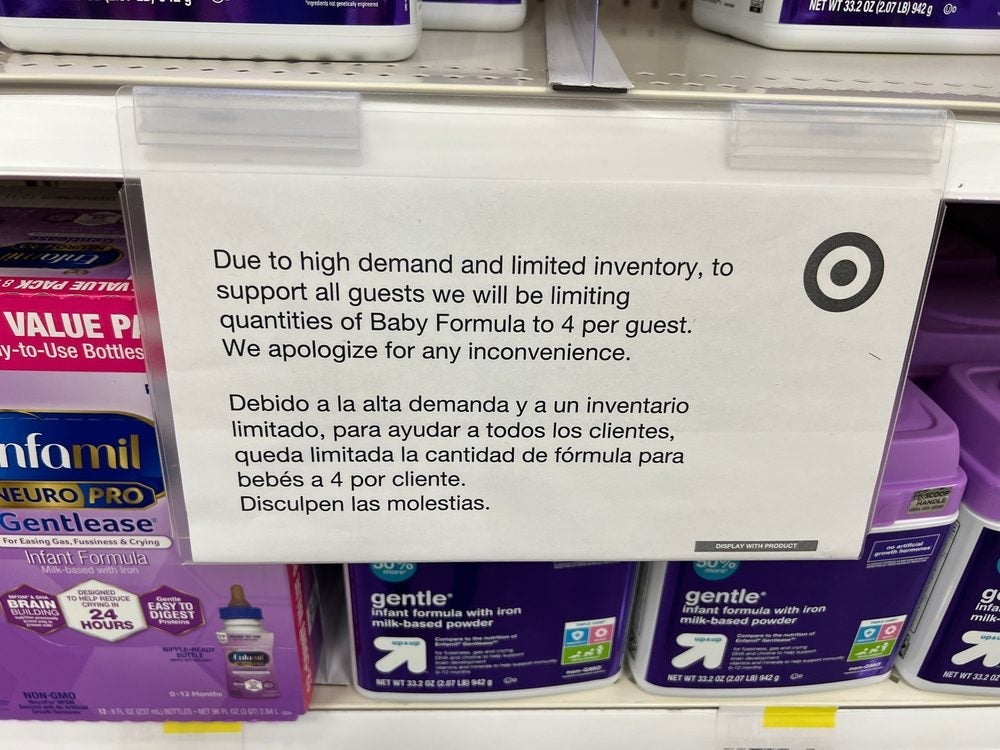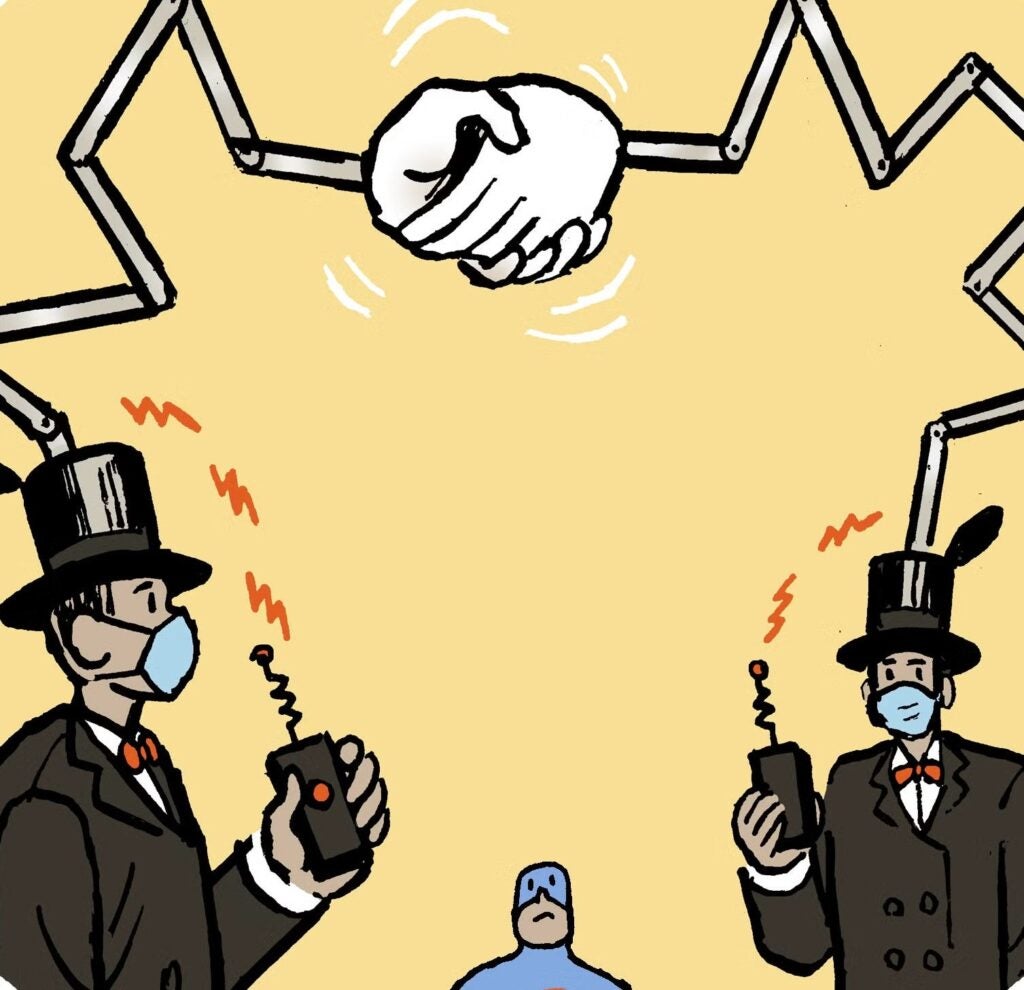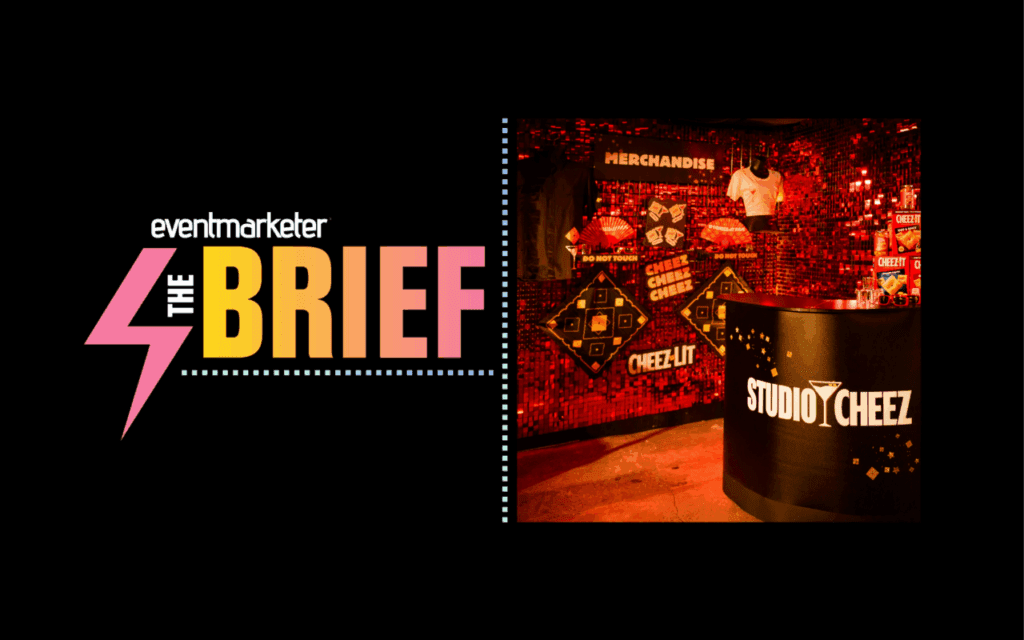It was a rollercoaster ride for sure in 2001. But at least the car never derailed.
Three general events — the dot-com implosion, the Sept. 11 terrorist attacks, and the recession — could have dramatically affected sales in the premium incentive industry. Ironically, the latter two helped keep the market stable.
Integration helped, too: Many marketers have woven premium offers into their total marketing strategy. That strengthens consumer response and makes premiums stronger branding tools.
“We used to not support our promotional efforts as much, but now they’re part of a larger campaign. They’re no longer one-shots,” says David Smith, director of promotions for Hallmark Cards, Inc. “The important thing is to find the balance between brand advertising and promotional advertising. Premiums serve as an entry enticement.”
Three trends emerged after Sept. 11: The demand for patriotic premiums skyrocketed; consumers wanted more items they can use at home; and employee incentive programs saw a shift to merchandise from travel.
“For the most part, [suppliers and marketers] were optimistic for most of the year,” says Bill Prickettt, spokesperson for Promotional Products Association International, Irving, TX. PROMO esitimates that total sales slipped 2.4 percent to $26.3 billion in 2001.
Flags, patriotic lapel pins, and other trinkets became hot sellers “strictly because of Sept. 11,” says Prickettt. Plush manufacturer Furrytails, Orlando, FL, even got an inquiry for a patriotic plush toy. (Nothing ever came to market.)
Economic recession can help premiums sales, contends Donna Oldenburg, consultant for the New York Premium Incentive Marketplace trade show.
“Incentives often run counter to the economy. How else do you get people motivated again, whether it’s a consumer or a company’s employees?”
Employee incentive programs have seen more interest in games like darts and billiards over travel, she adds. “Travel will always be important and play a big role, but with concerns about safety, those types of incentives have dropped off a bit,” says Oldenburg.
Home-based games have gotten more popular with consumers, too, says Escalade Sports sales manager Marla Frederick. “After Sept. 11, there seemed to be a lot of people who wanted to stay home, who were into ‘nesting,’” she says. That has prompted marketers to put foosball tables, dart boards, and pool tables into prize pools and offer them as top-tier premiums.
Rubber Duckie, You’re the One
Other hot premiums are consumer electronics; gift certificates, especially if they’re redeemable online; and items that play to the core brand, like Hallmark’s Kiss-Kiss Bears.
The nine-inch bears with magnets in their noses (hence the “kiss”) made their debut in February 2001 as a purchase-with-purchase, part of Hallmark’s strategy to expand beyond greeting cards (May 2001 PROMO). The latest rendition, skating bears tied to Hallmark’s Olympics sponsorship, sold during the Winter Games.
Kiss-Kiss Bears’ popularity has helped Hallmark make its promos more consistent even as it scales back on the number of offers it fields. “The key is finding that great item and being able to tie it back to the core product,” says Smith.
Adhering to the old adage that kids and animals can sell anything, Dallas-based Kimberly-Clark is prepping for a campaign that will give away as many as five million stuffed animals.
Sometimes an animal mascot helps a partner’s brand. Frito-Lay lent its Cheetos mascot, the hep cat Chester Cheetah, to Subway Restaurants for a Kids’ Pak premium. Each meal included one of four Chester toys, a bag of Cheetos, and ePloids points that kids can bank and redeem via Frito-Lay’s continuity program.
Major League Baseball’s Chicago Cubs team goes even further to match premiums to its brand: This spring, the team starts giving away rubber duckies that look like star players.
The first 10,000 fans attending a June game will get a Celebriducks bathtub duck that looks like Moises Alou. Later in the season, the Cubs will give away Sammy Sosa ducks. The New York Yankees plan to give away ducks modeled on Babe Ruth and new first baseman Jason Giambi.
The Cubs also will give away American Girl premiums this summer (via Mattel’s Pleasant Co., Middleton, WI). The team’s most popular premium ever was Beanie Babies, which drew crowds in the mid-1990s. More recently, the team has done well with Topps baseball cards, especially a 50th anniversary card series featuring many Cubs greats. The team runs about 40 promos a year.
“We try to stick with brand-made promotional products so we don’t have to explain ourselves, we use our promotions more as incentives to come to [Wrigley Field] than as a reward,” says vp-marketing John McDonough.
As consumer electronics get cheaper, marketers are eager to offer them. As electronics get more ubiquitous, consumers are more eager to get them.
Handheld radios, cell phones, and computer accessories are especially popular. “Prices for electronic promotional products have dropped to attractive levels and they are prolific,” says PPAI’s Prickettt. “Everyone uses a computer or cell phone practically everyday. It never ceases to amaze me what they’ll put a logo on.”
Last year Valvoline Co., Lexington, KY, gave away 90,000 micro-tunes radios carrying its logo. The radios cost far less than $5, but perceived value was $20. “The challenge is to deliver promotional products with a high-perceived value for a low cost — in addition to trying to be unique,” says consumer marketing manager Michelle Bronson. Valvoline will field 120 premium offers this year — many of them in cases of oil — up from 111 in 2001.
The $5 Mark
Some marketers are raising their threshold beyond $5. Hallmark sold more than one million snowglobes last year for $13 each (with purchase). Perceived value was $40 to $50 for the globes, which featured images from Coca-Cola’s Haddon Sundblom Christmas ads and Walt Disney World (part of the park’s 100 Years of Magic campaign).
“Retailers and consumers are more receptive to higher-priced items these days,” Smith says. “It used to be that everything had to cost below $5, but not anymore. With these snowglobes, the quality was high and though it wasn’t our original goal, they’ve become collectibles in the eyes of many.”
Gift certificates have gained popularity, too. Giftcertificates.com has seen business jump from marketers including Mazda, Voicestream, and AT&T.
“Our average order size has gotten smaller, about $1,500,” says vp-marketing Kathy Merwald. “That’s partly because we deal with a lot of human resources people who purchase gift certificates for employee-based promotions, and many of them are about $25 or so.”
Employee incentive programs could gain prominence this year as employers regroup. Half of employed Americans predict a questionable economy this year, and 83 percent don’t plan to set job-related goals, according to a December survey by American Express Incentive Services, Fenton, MO. But 68 percent of respondents said they would be likely to improve their job performance if their company sponsored an ongoing incentive program.
“American workers were battered by the 2001 economic downturn, and this survey tells us they’re unmotivated and skittish about 2002,” said Darryl Hutson, AEIS chief executive officer. “Now that the work force has shrunk, employers will need to focus their efforts on keeping their smaller, harder-working groups of employees motivated.”
Meanwhile, a May 2001 survey of 1,000 adults found that 60 percent like to redeem gift cards in stores, 35 percent like to have the option to redeem in-store or online, and five percent prefer to redeem only online.
The rollercoaster rolls on.
Down and Out?
Two industry giants stumbled in 2001
Two premiums powerhouses, Ha-Lo Industries and Cyrk-Simon Worldwide (formerly Cyrk Inc.), fell victim to ill-fated expansion plans last year. Cyrk-Simon also suffered from the industry’s biggest scandal when its security director allegedly embezzled $20 million in McDonald’s gamepieces (PROMO, October 2001).
Ha-Lo spent $240 million in cash and stock to buy Internet start-up Starbelly.com in January 2000. Instead of raising Ha-Lo’s profile online, the purchase sank Ha-Lo into a financial hole. Last July, the company filed for Chapter 11 bankruptcy protection for its core promotional products division. At press time, Ha-Lo was still looking to sell some assets and operating with $30 million in debtor loans.
Cyrk also wanted to bolster its core promotional products business, primarily with strategic marketing expertise and Internet savvy. But acquisitions over-extended the company, eventually forcing Cyrk to sell its Corporate Promotions Group — once worth $147 million — for a mere $14 million to investment group Rockridge Partners, Inc.
It got worse. Co-ceo Allan Brown took the reins fully when Cyrk co-founder Patrick Brady resigned his post last spring. (Chief financial officer Dominic Mammola and exec vp Ted Axelrod also resigned.) Then the McDonald’s case broke in August. When the FBI arrested Simon staffer Jerome Jacobson, Big Mac summarily fired Simon. Most of the agency’s other clients followed suit, forcing it to lay off several hundred staffers and close its Oak Brook, IL office.
 Network
Network

